Table of content
Ginkgo nuts, also known as white fruits, have been cherished in culinary traditions across Asia for centuries. These small, ivory-colored seeds, encased within the fleshy yellow outer layer of the ginkgo tree, offer a unique blend of earthy, slightly sweet, and subtly bitter flavors. While their texture is often described as creamy or starchy, their true culinary potential lies in the hands of those who understand how to balance their distinct taste with complementary ingredients. This article explores the nuances of preparing ginkgo nuts, from selection and storage to innovative recipes that transform this humble ingredient into a star dish.
Understanding Ginkgo Nuts: A Brief Introduction
Before diving into recipes, it’s essential to grasp the basics of ginkgo nuts. Native to China, the ginkgo tree (Ginkgo biloba) is one of the oldest living tree species, often dubbed a “living fossil.” Its nuts, harvested in autumn, are a seasonal delight rich in nutrients like vitamins B and C, antioxidants, and healthy fats. However, they also contain trace amounts of a toxic compound called 4′-O-methylpyridoxine, which is neutralized through cooking. This makes proper preparation critical to enjoying ginkgo nuts safely.
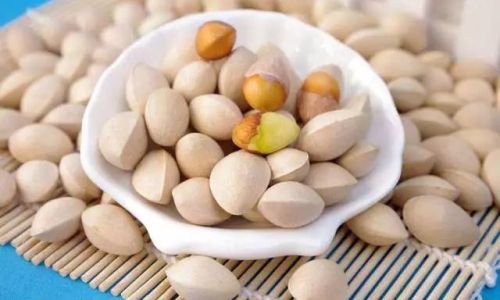
Selecting and Storing Ginkgo Nuts
The journey to delicious ginkgo dishes begins with selecting high-quality nuts. Fresh ginkgo nuts are firm, plump, and free from blemishes or mold. Avoid those with shriveled skins or a strong, acrid smell, as these may indicate spoilage. If purchasing pre-shelled nuts, ensure they are uniformly creamy-white and not discolored.
Storage Tips:
- Unshelled nuts: Store in a cool, dry place in an airtight container for up to six months.
- Shelled nuts: Refrigerate in a sealed bag to preserve freshness for 2–3 weeks.
- Frozen nuts: Freeze shelled ginkgo nuts for up to a year; thaw before use.
Preparing Ginkgo Nuts: The Essential Steps
Proper preparation is key to unlocking the best flavor and texture. Here’s how to do it right:
-
Shelling:
- Ginkgo nuts have a hard outer shell. To crack it, use a nutcracker or place the nut on a flat surface and press gently with the flat side of a knife.
- Remove the shell carefully to avoid damaging the inner kernel.
-
Removing the Inner Skin:
The kernel is coated with a thin, papery brown membrane that can impart bitterness. Blanch shelled nuts in boiling water for 1–2 minutes, then immediately transfer to ice water. The skin will peel off easily.
-
Toasting (Optional):
For enhanced flavor, toast shelled nuts in a dry pan over low heat until golden. This mellows their bitterness and adds a nutty aroma.
Cooking Methods: Exploring Techniques
Ginkgo nuts adapt to various cooking methods, each highlighting different facets of their flavor:
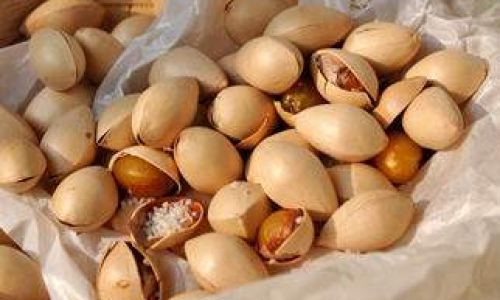
-
Boiling/Simmering:
- A classic method for soups, stews, or simple side dishes. Boiling softens the texture and mellows bitterness.
- Tip: Add a pinch of salt or a strip of kombu (dried seaweed) to the water for umami depth.
-
Stir-Frying:
Quick cooking over high heat preserves the nuts’ texture while infusing them with aromatic flavors. Pair with vegetables like spinach, mushrooms, or bok choy.
-
Roasting:
Roasting intensifies the nuts’ natural sweetness and creates a crunchy texture. Ideal for snacks or garnishes.
-
Braising:
Slow-cooking in broth or sauce infuses the nuts with rich flavors, making them a luxurious addition to rice dishes or braised meats.
Delicious Recipes to Try
Ginkgo Nut and Chicken Congee (Rice Porridge)
A comforting dish perfect for chilly days.
Ingredients:
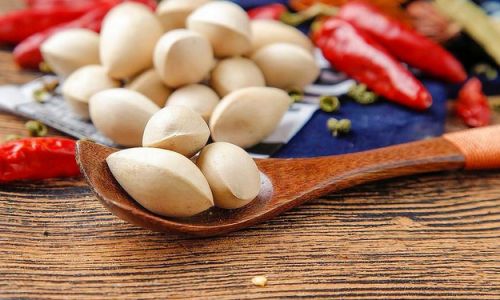
- 1 cup short-grain rice
- 8 cups chicken broth
- 1 chicken breast, shredded
- ½ cup shelled ginkgo nuts (blanched and peeled)
- 2-inch piece fresh ginger, sliced
- 1 tbsp sesame oil
- Salt and white pepper to taste
- Chopped scallions and fried shallots for garnish
Instructions:
- Rinse the rice and soak in water for 30 minutes. Drain.
- In a large pot, bring the chicken broth to a boil. Add rice, ginger, and sesame oil. Simmer on low heat for 45 minutes, stirring occasionally.
- Add shredded chicken and ginkgo nuts. Cook for another 15 minutes until the porridge thickens.
- Season with salt and white pepper. Serve hot, garnished with scallions and fried shallots.
Ginkgo Nut and Spinach Stir-Fry
A vibrant, nutrient-packed side dish.
Ingredients:
- 2 tbsp vegetable oil
- 3 garlic cloves, minced
- 1 tbsp fresh ginger, grated
- 1 red chili, sliced (optional)
- 4 cups fresh spinach, roughly chopped
- ½ cup shelled ginkgo nuts
- 1 tbsp soy sauce
- 1 tsp sesame oil
- 1 tsp honey
Instructions:
- Heat oil in a wok over medium heat. Sauté garlic, ginger, and chili until fragrant.
- Add spinach and stir-fry until wilted.
- Toss in ginkgo nuts and cook for 2 minutes.
- Drizzle with soy sauce, sesame oil, and honey. Mix well and serve immediately.
Roasted Ginkgo Nut Brittle
A sweet-and-savory snack that’s addictively crunchy.
Ingredients:
- 1 cup shelled ginkgo nuts
- ½ cup sugar
- 2 tbsp water
- 1 tsp sea salt
- 1 tsp smoked paprika (optional)
Instructions:
- Preheat the oven to 350°F (175°C). Spread ginkgo nuts on a baking sheet and roast for 10–12 minutes until golden.
- In a saucepan, combine sugar and water. Cook over medium heat until the mixture turns amber (do not stir).
- Remove from heat and stir in roasted nuts, salt, and paprika. Pour onto a parchment-lined tray and spread thinly.
- Let cool completely, then break into shards. Store in an airtight container.
Ginkgo Nut and Mushroom Risotto
A creamy, umami-rich vegetarian main.
Ingredients:
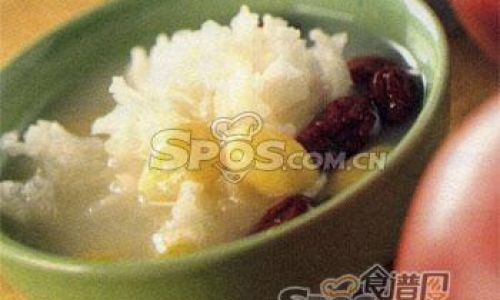
- 1 tbsp olive oil
- 1 shallot, finely chopped
- 1 cup Arborio rice
- ½ cup dry white wine
- 4 cups vegetable broth (kept warm)
- 1 cup mixed mushrooms (shiitake, oyster), sliced
- ½ cup shelled ginkgo nuts
- ½ cup grated Parmesan cheese
- 2 tbsp butter
- 2 tbsp chopped parsley
Instructions:
- Heat oil in a deep skillet. Sauté shallot until translucent. Add rice and stir to coat.
- Pour in wine and cook until evaporated. Add broth one ladle at a time, stirring constantly, until absorbed.
- In a separate pan, sauté mushrooms until golden. Set aside.
- When rice is al dente (18–20 minutes), fold in mushrooms, ginkgo nuts, Parmesan, and butter. Season with salt and pepper.
- Serve garnished with parsley.
Ginkgo Nut and Sweet Potato Soup
A silky, warming soup with a hint of sweetness.
Ingredients:
- 1 tbsp sesame oil
- 1 onion, diced
- 2 garlic cloves, minced
- 1-inch piece fresh ginger, grated
- 2 medium sweet potatoes, peeled and cubed
- 4 cups vegetable broth
- ½ cup shelled ginkgo nuts
- ½ cup coconut milk
- 1 tbsp miso paste
- Lime wedges and cilantro for serving
Instructions:
- Heat oil in a pot. Sauté onion, garlic, and ginger until soft.
- Add sweet potatoes and broth. Bring to a boil, then simmer for 15 minutes.
- Stir in ginkgo nuts and coconut milk. Simmer for 5 more minutes.
- Blend until smooth using an immersion blender. Whisk in miso paste.
- Serve hot with a squeeze of lime and cilantro.
Pairing Suggestions and Culinary Tips
- Balance Bitterness: Pair ginkgo nuts with sweet or savory ingredients like honey, carrots, or bacon to offset their natural bitterness.
- Texture Play: Combine roasted ginkgo nuts with crunchy vegetables (e.g., snap peas) or creamy avocado for contrast.
- Aromatics: Enhance flavor with ginger, garlic, or lemongrass.
- Desserts: Use ground ginkgo nuts in cakes or cookies for a nutty twist.
Safety and Precautions
While ginkgo nuts are delicious, moderation is key. Adults should consume no more than 10–15 nuts per day, and children or pregnant individuals should avoid them entirely due to the risk of toxicity. Always cook them thoroughly and discard any that taste excessively bitter.
Conclusion
Ginkgo nuts are a testament to the art of simplicity in cooking—their delicate flavor and versatile texture make them a rewarding ingredient for both novice and experienced cooks. Whether simmered in a hearty stew, crisped in a stir-fry, or blended into a creamy soup, these ancient seeds offer a bridge between tradition and innovation. By mastering their preparation and pairing, you’ll unlock a world of culinary possibilities that celebrate both history and taste. So grab a handful of ginkgo nuts, embrace the process, and let their golden hue and earthy charm elevate your next meal.



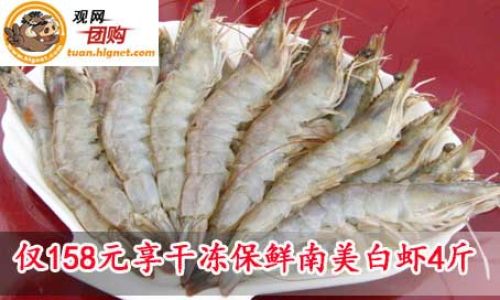
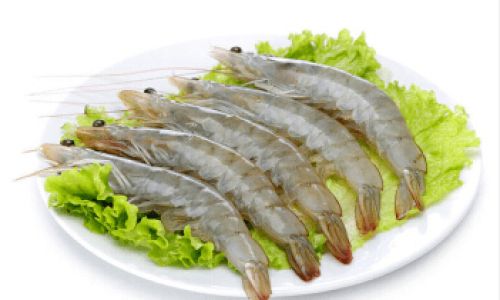
0 comments